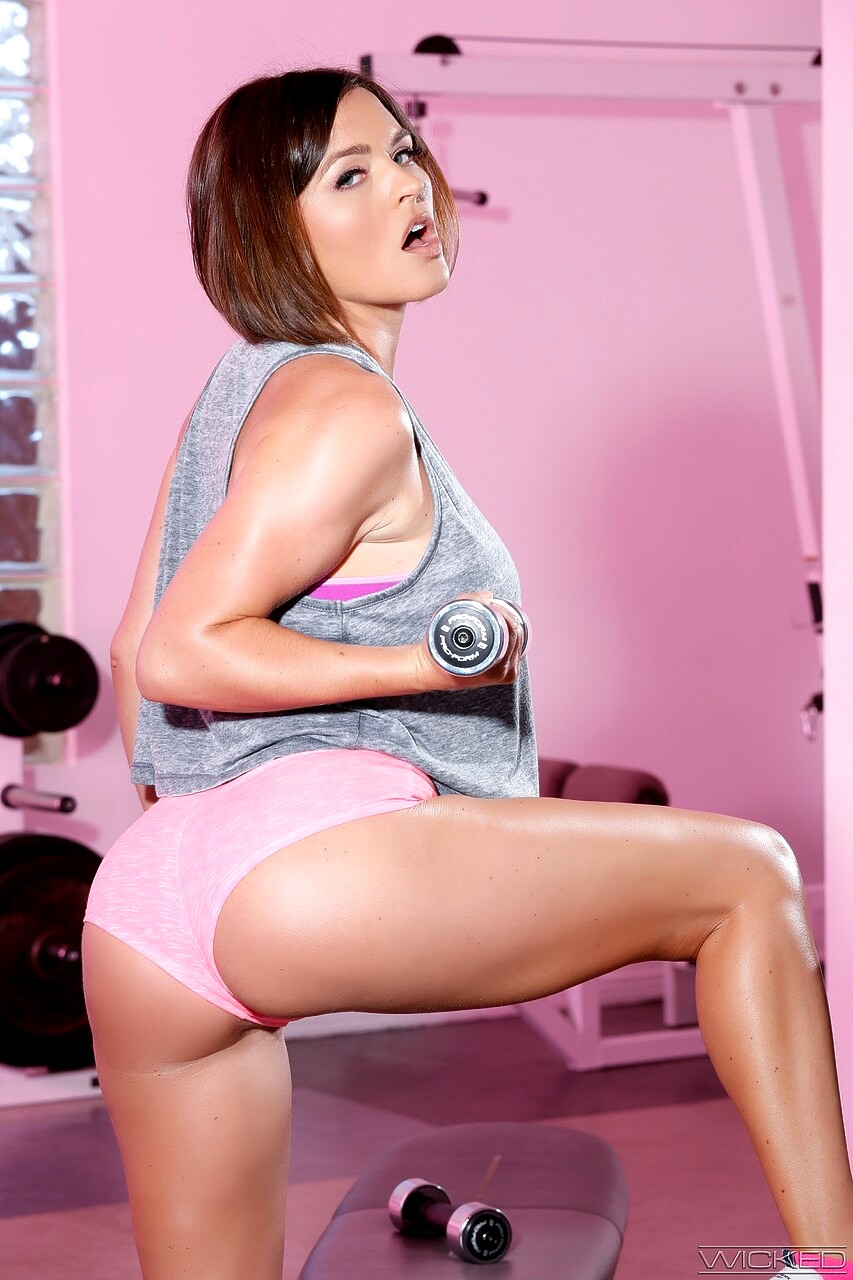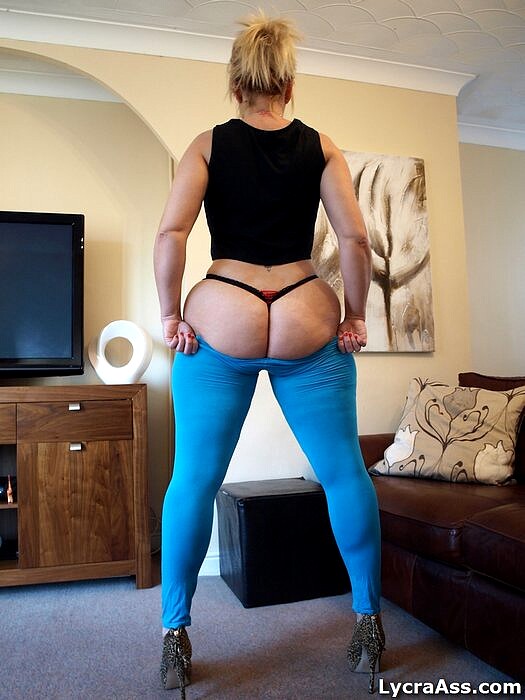The Justin Bieber Information To Ebony Woman Who Want White Men
The Justin Bieber Information To Ebony Woman Who Want White Men
Blog Article
 The Bordelone siblings in Own network’s Queen Sugar. If you have any issues regarding wherever and how to use BRUNETTE STANDING GALLERY, you can speak to us at our own page. Warner Brothers Studios
The Bordelone siblings in Own network’s Queen Sugar. If you have any issues regarding wherever and how to use BRUNETTE STANDING GALLERY, you can speak to us at our own page. Warner Brothers Studios
Where To Meet Beautiful Black Woman
 Spring/Summer season 2019
Spring/Summer season 2019
At the center of my work is a concern with black women’s experiences, and critical to that work are questions that unearth how African American ladies reply to processes of cultural commodification. To get at this concern, I am guided by three related questions: how are black women’s religious experiences practiced, how are those practices represented, and what are the implications of those representations? As I've explored these questions, I have been struck by three discoveries: 1) that students, like many of us, are significantly drawn to visible representations of black girls; 2) that, in many instances, viewers are drawing from a restricted toolkit to know and interpret those representations; 3) that visible representations are inclined to obscure black women’s dynamic religious experiences.
How To Date A Black Woman
In my efforts to construct methods for these factors of discovery to intersect, my scholarship, my educating, and now my own foray into the formal study of filmmaking, I analyze how religion influences how black women’s bodies are “read” within common varieties like movie. My co-edited anthology Womanist and Black Feminist Responses to Tyler Perry’s Productions (Palgrave Macmillan, 2014) takes up the concern that Tyler Perry has monopolized the structure and construction of black women’s religious narratives in popular tradition, and that the stakes of that monopoly are particularly excessive when his productions are seen as “the voice” for black girls. I also explore the inventive responses within black communities and how black feminist/womanist discourse assist us interpret these nuanced, in style depictions.
How To Make Love To A Black Woman
There are quite a few sources that study popular representations of the black feminine body, that consider the implications of the fat physique, and that discover the complex relationship between race and movie. I'm creating a essential principle of the black feminine body in religious observe that concurrently emerges from film principle and the voices of viewers who devour those images. Yet, I have found that contemporary work not often addresses the advanced intersections among race, embodiment, gender, and religion in well-liked culture. That is a void my work seeks to fill, and it's the driving power behind my current venture, “Pushing Weight: Religion, Standard Culture, and the Implications of Picture.” In “Pushing Weight,” I have a look at representations of black women in fats suits worn by black men in common film (Tyler Perry, Eddie Murphy, and Martin Lawrence specifically) to point out how stereotypes of black ladies are bolstered by the efficiency of religion and are used to copyright overly simplistic portrayals of black ladies in fashionable media.
This principle that I converse of is explicitly knowledgeable by the day-to-day lived experiences of black ladies, and can also be informed by two conceptual frameworks. This waffling between taciturnity and objectification is a contradiction that Dorothy Roberts captures beautifully.1 This paradox is due in massive part to histories of reading the black physique as other and to contemporary representations of the black physique in standard culture, and it has lasting implications for the ways in which the body is engaged (or suppressed) inside black religion. The primary is the paradox of silence and display-the concept that black bodies are continuously negotiating a kind of invisibility, on the one hand, where any emphasis on the body is muted, downplayed, or ignored, and a kind of extreme visibility, however, where the black physique is displayed in such a manner that it receives exclusive and predominant emphasis.
This paradox is especially complicated for black people. Throughout the religions of the African diaspora, the physique performs a selected position in the lived adherence of faith, the place the literal enactment and expression of belief is encountered, enacted, and mediated by way of the physique. Relatedly, black folks battle-like most religious groups-with a really deep contradiction, where the physique is an important location wherein to encounter the divine, yet the place corporeality is diminished with a view to make acceptable room for the divine.2
Ebony Woman Pornstars
 This sacred type of “double consciousness” cannot be underestimated, and it is tied to the second conceptual framework that guides my work, and that's of the advanced relationship between body fictions and what Deborah Walker King calls the fictional double. Black ladies face specific challenges when their externally defined identities (especially their religious identities) and representations as bodies-their physique fictions-speak louder than what they know to be their experiences. This collision exists between actual our bodies and an unfriendly informant: a fictional double whose goal is to mask individuality and mute the voice of personal company.Three The relationship between physique fictions and the fictional double is very difficult because it creates a visible vacuum during which black girls aren't interpreted as people, the place exposure to experiential examples is restricted, and the place opportunities to see oneself represented within the broadest methods attainable are all too few.
This sacred type of “double consciousness” cannot be underestimated, and it is tied to the second conceptual framework that guides my work, and that's of the advanced relationship between body fictions and what Deborah Walker King calls the fictional double. Black ladies face specific challenges when their externally defined identities (especially their religious identities) and representations as bodies-their physique fictions-speak louder than what they know to be their experiences. This collision exists between actual our bodies and an unfriendly informant: a fictional double whose goal is to mask individuality and mute the voice of personal company.Three The relationship between physique fictions and the fictional double is very difficult because it creates a visible vacuum during which black girls aren't interpreted as people, the place exposure to experiential examples is restricted, and the place opportunities to see oneself represented within the broadest methods attainable are all too few.
Movie & Tv
Best Black Woman Onlyfans
Queen Sugar, produced by Ava DuVernay and Oprah Winfrey, Forward Motion, Harpo Films, and Warner Horizon Scripted Television.
Being Serena, produced by Nelson and Rick Bernstein, HBO Sports and IMG Unique Content.
Black ladies are actually fighting, at each visible turn . . . to see and discover real, real representations of themselves in what they see-we see-in widespread media types comparable to movie and tv.
What Is An Ebony Woman
Taken together, the paradox of silence and display, body fictions, and the fictional double imply that black girls are literally fighting, at every visible turn, to avoid being was or interpreted as a visible stereotype and to see and discover genuine, real representations of themselves in what they see-we see-in popular media varieties reminiscent of film and television.
If I am painting a bleak picture, it's purposefully so, but it's not an image that is without some hope. I'm going to do one thing that I hardly ever do, which is to offer, in a really public venue, a declare that I have yet to totally substantiate, however for which I've a fairly strong hunch.
Who Is The Most Beautiful Black Woman
If there's any argument to be made it is this: the medium of documentary holds the best potentialities for offering constructive, holistic, diverse, complicated, “fully fleshed out” representations of black women’s religious experiences.
Definitely, all the mediums that I will talk about have their problems: the cinematic gaze they create, how they're funded and distributed, and who is making and viewing all of them have an impact on the which means they make. I mention this quickly right here, to not dismiss these challenges, but to denote the extra layers of complexity they convey to this enterprise of analyzing their impression on our contemporary religious literacy, especially because it relates to black women’s religious expression. And but I nonetheless need to make a case for the documentary format, but not earlier than I discuss feature movies and tv series.
Ebony Woman Meaning
The Function Movie
The feature film, which is notably quick (sometimes under three hours), fictional, and created for the aim of entertainment, is the least able to best representing black women’s religious experiences. I've already mentioned this, however I have the good fortune of spending a variety of time watching Tyler Perry’s movies. I deal with Tyler Perry in part because of his reputation, the sheer quantity of movies he makes, and his unique place as a black filmmaker, producer (director, and writer) who has made practically a billion dollars on his numerous movies, who owns his own studio, and whose movies often implicitly, and nearly always explicitly, depict black women’s religiosity.
Beautiful Ebony Woman Nude
Teraji P. Henson in Acrimony. Tyler Perry Studios.
Tyler Perry’s specific representations of black womanhood-like his representations of African American religion-are riddled with inconsistencies, contradictions, and downright problematic renderings. Is Perry a grasp showman or a glorified stagehand within a broader symbolic church production? Is Perry’s gun-toting grandmother, Madea, a mediated conglomerate of historic black female tropes, or an insightful religious critic with an axe to grind with the historic black Protestant church? And can the author, producer, director, entrepreneur, actor Tyler Perry adequately depict the complexities of black women’s experiences and spiritual identities, and, even if he may, ought to he?
Fascinated by these questions makes the insertion of Tyler Perry, who adeptly offers his personal interpretation of black womanhood, black women’s sexuality, and black feminine spirituality, especially intriguing. Whether within the drunken rage expressed by the main character, April (Taraji P. Henson) in I Can Do Bad All by Myself (1999); the obsessive, “hell hath no fury” vitriol Melinda (Taraji P. Henson) spews upon her ex-husband in Acrimony (2018); or the sentiment expressed within the title of his first feature-size film, Diary of a Mad Black Woman (2005), Tyler Perry has cultivated an particularly problematic brand of movies that firmly locate black girls throughout the angry black lady trope. One of the masterful results of Tyler Perry’s productions-and notably movie-is that they articulate precisely what and who the fashionable, “good” black lady must be, even when she is offended.
Television
I look extra favorably upon the medium of tv, and especially the prolonged or series format, which I imagine surpasses film within the possibilities it gives in representing black ladies, their experiences, their bodies, their epistemologies, and their religions.
Ebony Woman Who Want White Men
Take, for instance, the sequence Queen Sugar, which Ava DuVernay produces and directs and for which Oprah Winfrey serves as government producer and that she distributes on the Personal network. I can not say sufficient about how amazingly beautiful this present is. The siblings’ relationships are nuanced, evolving, and estranged, and captured in ways in which any of us who have households immediately resonate with. The story follows the Bordelone siblings, Ralph Angel (Kofi Siribo), Nova (Rutina Wesley), and Charley (Daybreak-Lyen Gardner) as they grapple with shedding their father, who bequeathed a failing 800-acre sugar cane farm to them.
One still picture depicts one of the most powerful scenes in the primary season, where we witness the family come apart whereas coming together, and it is one thing to witness. It is powerful to behold such stunning blackness and dynamic black religious expression represented on the screen. Not solely do we get a beautifully shot scene of three siblings, with very different lives and viewpoints, coming collectively to bury their father, however we also get to see the sacred rituals of African American religion laid naked. Nova is the spiritual glue that holds the household together, and a conjure girl no much less. Nova, who is in the center, is an activist and author, but she is also an avid believer in African-derived spiritualist practices and a folks healer who uses native, natural herbs and treatments to heal damaged black bodies. Christian rites, sure, but also, the final rites of the Prince Hall Freemasons offered over Ernest’s body.
How To Love A Black Woman
That energy is not something that needs to be taken lightly. She not solely described the importance of illustration on the screen, but she additionally noted: “Getting the possibility to play a wonderful gorgeous black woman with dreads [who’s] good, humorous, witty, chaotic . . . She’s everything. It’s a brown girl’s dream because she’s an actual human being.” To be a “fully-fleshed out,” proud, black girl makes her portrayal as Nova so particular. In an interview with HuffPost, Rutina Wesley literally teared up when requested about what playing Nova has meant to her. That this present is produced and directed by DuVernay, and that every episode is directed by a girl, says one thing about the facility of the narratives they can create.4
Find Out Now, What Do you have to Do For Quick Beautiful Ebony Woman Nude?
Documentary
Like the scripted television collection, the documentary format is a nonfictional film with the intent of exhibiting elements of real life. It's a strong thing to choose the best way to symbolize yourself and to base that representation on how you see your self to be, versus how others see you. It is most powerful because of that reality, and since it permits ladies to tell their own tales in their very own phrases.
Being Serena. HBO.
What The Dalai Lama Can Teach You About Beautiful Ebony Woman Nude
One nice example of this genre that has largely flown beneath the radar is Being Serena, a five-half docuseries on Serena Williams (HBO). In the first episode of the series, Williams documents her pregnancy from the second she learns she is pregnant till her hospital supply. In quite a few candid shots of Williams in her most intimate moments, we learn that she is just like most different first-time mother and father, and that she worries about her ability to “be the best mom she will be, but also to be the world’s greatest tennis player.” Williams is arguably the greatest athlete of all time, and she allows us-in her personal phrases and in her personal method-access to her life, a life that we have no right to, but that she has chosen to share.
The mediated entry we're given, nonetheless, has proven not to be sufficient for some. In a scathing critique of the docuseries, Slate author Christina Cauterucci characterizes Being Serena as “surprisingly lacking in humanity,” which she attributes partly to Williams’s “stilted narration,” in giant half as a result of she discovered it to be too guarded. To Cauterucci, viewers benefit from an all-access view into Serena’s life, but they do not be taught very a lot in regards to the motives underlying her passions, pursuits, and drive as a result of she “provides no entry to her heart or brain.”5
Are You Actually Doing Enough Beautiful Ebony Woman Nude?
And yet, Cauterucci’s claim about Williams’s seeming guardedness speaks right to the center of religious illiteracy and to an necessary proven fact that we can't ignore: Serena Williams is a working towards Jehovah’s Witness. To bring pointless attention to herself and her life exterior of her sport is murky territory for her to navigate inside her faith, something that she has talked about in numerous interviews over time.
When Beautiful Ebony Woman Nude Develop Too Shortly, That is What Occurs
I wish to make the case that, regardless of what writers, reporters, producers or shoppers would possibly think, Serena Williams has every proper to depict and painting herself in the sunshine she chooses-even if, and perhaps especially as a result of, we won't understand it. There may be something mighty powerful about telling our own stories, in our own words and in our own means, and documentaries give us the chance to do just that. They supply us with the chance to inform our personal tales-of our our bodies and our faiths-and, in so doing, dismantle the bodily fictions that might diminish the optimistic methods we see ourselves whereas upholding that troubling paradox of silence and show.
Wondering How To Make Your Beautiful Ebony Woman Nude Rock? Read This!
In spite of everything, the want to be totally fleshed out-to have all that we see, expertise, love, know, and imagine visualized in a means that displays how we see ourselves because the advanced human beings we all know ourselves to be-is crucial to being actually seen and understood. And so we battle to ensure that the real, the true, the genuine, and the factual supersede the stereotypical, the imposed, the manufactured, and the fictional. That is the visual aim toward which we strive.6 And, regardless of the limitations that desire may yield, we have learned through experience that having another person render our representations is a a lot much less interesting various.
1. Dorothy Roberts, “The Paradox of Silence and Show: Sexual Violation of Enslaved Women and Contemporary Contradictions in Black Feminine Sexuality,” in Beyond Slavery: Overcoming Its Religious and Sexual Legacies, ed. Bernadette J. Brooten (Palgrave Macmillan, 2010), 41-60.
2. LeRhonda S. Manigault-Bryant, “African and African Diaspora Traditions: Religious Syncretism, Eroctic Encounter, and Sacred Transformation,” in Religion: Embodied Religion, ed. Deborah Walker King (Indiana University Press, 2000).
3. See the video interview, “Rutina Wesley on the fantastic thing about Playing ‘Fully-Fleshed Out’ Black Female Character,” on www.huffpost.com. 4. Christina Cauterucci, “Show All the pieces, Reveal Nothing,” Slate, May 2, 2018.
5. This is an edited model of a panel presentation I delivered on the “Religious Literacy and Enterprise: Media Entertainment” symposium, sponsored by the Religious Literacy Undertaking and held at Harvard Divinity Faculty on September 20-21, 2018. Kent L. Brintnall, Macmillan Interdisciplinary Handbooks (Macmillan Reference, USA, 2016), 183-201.
Body Politics and the Fictional Double, ed.
The Angelina Jolie Guide To Beautiful Ebony Woman Nude
 LeRhonda Manigault-Bryant is Affiliate Professor of Africana Studies at Williams School. She is the author of Speaking to the Dead: Religion, Music, and Lived Reminiscence amongst Gullah/Geechee Girls (Duke College Press, 2014) and co-editor, with Tamura A. Lomax and Carol B. Duncan, of Womanist and Black Feminist Responses to Tyler Perry’s Productions (Palgrave Macmillan, 2014). You could find her including colorful, crucial, commentary to the Twitter universe through @DoctorRMB.
LeRhonda Manigault-Bryant is Affiliate Professor of Africana Studies at Williams School. She is the author of Speaking to the Dead: Religion, Music, and Lived Reminiscence amongst Gullah/Geechee Girls (Duke College Press, 2014) and co-editor, with Tamura A. Lomax and Carol B. Duncan, of Womanist and Black Feminist Responses to Tyler Perry’s Productions (Palgrave Macmillan, 2014). You could find her including colorful, crucial, commentary to the Twitter universe through @DoctorRMB.